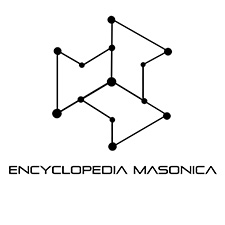
SALADIM
Encyclopedia Masonica
More properly Salah-ed-din, Yussuf ibn Ayub, the Sultan of Egypt and Syria, in the time of Richard Coeur-de Lion, and the founder of the Ayubite dynasty. As the great Moslem hero of the Third Crusade, and the beau-ideal of Moslem chivalry, he is one of the most imposing characters presented to us by the history of that period. Born at Takreit, 1137; died at Damascus, 1193. In his man hood he had entered the service of Noureddin.
He became Grand Vizier of the Fatimite Calif, and received the title of the Victorious Prince. At Noured din's death, Salah-ed-din combated the succession and became the Sultan of Syria and Egypt. For ten succeeding years he was in petty warfare with the Christians until at Tiberias, in 1187, the Christians were terribly punished for plundering a wealthy caravan on its way to Mecca.
The King of Jerusalem, two Grand Masters, and many warriors were taken captives Jerusalem stormed, and many fortifications reduced This roused Western Europe; the Kings of France and England, with a mighty host, soon made their appearance; they captured Acre in 1191, and Richard Coeur-de-Lion, with an invading force, twice defeated the Sultan, and obtained a treaty in 1192, by which the coast from Jaffa to Tyre was yielded to the Christians. Salah-ed-din becomes a prominent character in two wof the Consistorial Degrees of the Ancient and Accepted Scottish Rite, mainly exemplifying the universality of Freemasonry Brother Lessing has in his dramatic poem, Nathan the Wise, presented a most romantic and edifying character in an Eastern Monarch of this kind to illustrate Masonic toleration.
